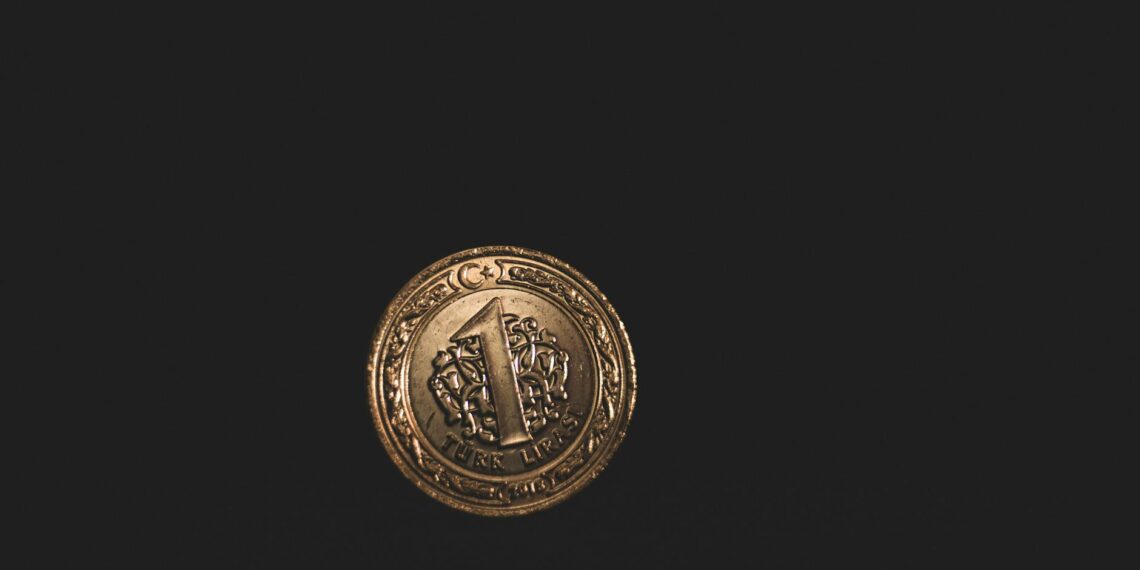A clad coin is a type of coin made of multiple layers of different metals bonded together.
Here’s a breakdown:
- Layered Construction: Clad coins are essentially a “sandwich” of metals, where a core metal is encased between outer layers of a different metal or alloy.
- Cost-effectiveness and Durability: This layered construction allows for the production of coins that are both durable enough to withstand daily circulation and more cost-effective to manufacture than coins made entirely from precious metals.
- Example: In the case of most current U.S. coins (like dimes, quarters, and half-dollars), they feature an inner core of pure copper, surrounded by outer layers of a copper-nickel alloy which gives them a silver-like appearance. The edge of the coin will often show the copper core peaking out.
Clad coinage was introduced in the United States in 1965, primarily due to the rising cost of silver and the need for a more sustainable and durable alternative to the previous silver coinage.
It’s important to note the difference between clad coins and bi-metallic coins. While clad coins involve layers of metal pressed together, bi-metallic coins use two or more different metals positioned in distinct ways within the coin, such as a different metal for the outer ring compared to the inner core.









How much silver is in a clad coin?
Each 40% Clad Half Dollar contains 0.1479 ounces of silver, whereas the silver content of a 1964 Kennedy Half Dollar is 0.36169 ounces. A $1,000 face bag of clad coins contains 295 ounces of silver, whereas a $1,000 face bag of 1964 Kennedys contains 723 ounces of silver.